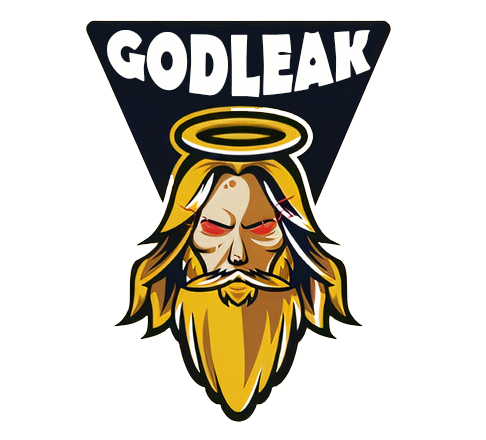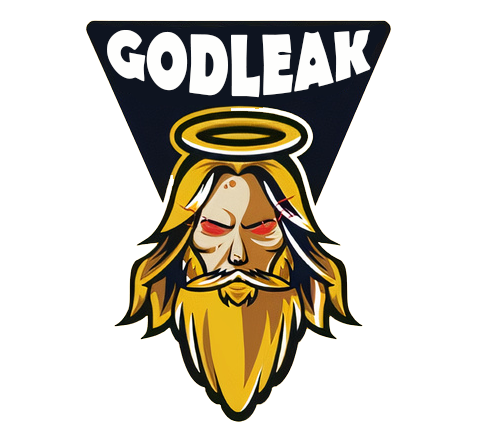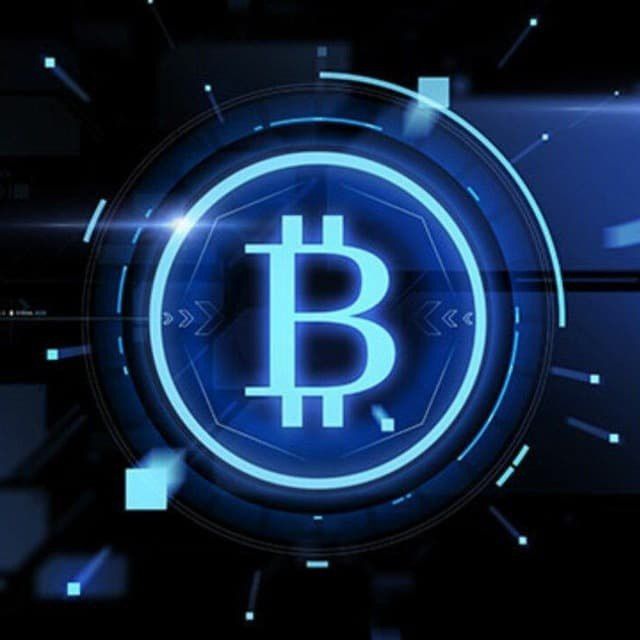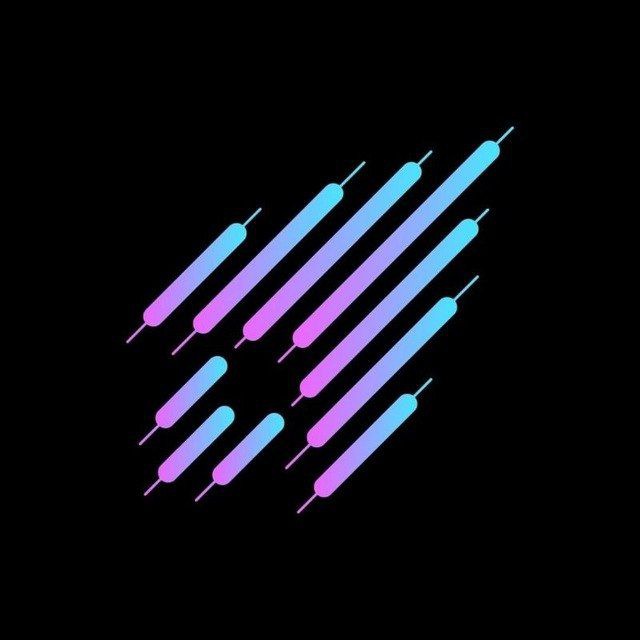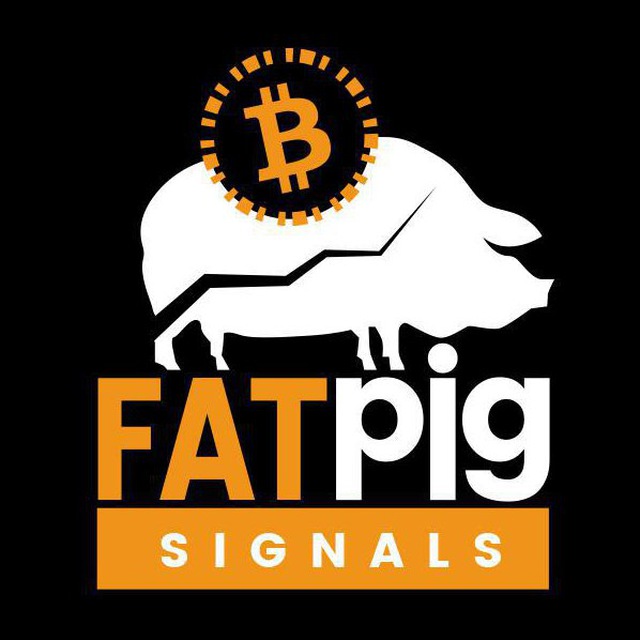Flare Network Review: Blockchain Using EVM With Breakthrough Potential

By providing decentralized access services to high-integrity data from other chains and Web2, Flare, an EVM-based Layer 1 blockchain, aims to expand the utility of blockchains. Let’s take a closer look at the Flare Network’s purpose, tokens, key features, and operation.
What is Flare Network?
Using the Ethereum virtual machine (EVM), the Flare Network is a Layer 1 proof-of-stake blockchain that is interoperable. In 2020, Flare (FLR) was created. The EVM basically turns smart contracts into computer-readable instructions. This permits the organization to run Turing-complete savvy contracts. Turing-culmination implies that it can run practically any computational errand, for however long there is sufficient memory to run it.
It can join a few strong properties to make a biological system of decentralized applications. In a nutshell, Flare aims to enable interoperability and smart contracts on blockchains.
One of the Flare Network’s primary objectives and inspirations is the Ripple blockchain powered by XRP. Flare proposes to scale PoS blockchains without undermining their security. As opposed to the majority of, if not all, PoS networks, it accomplishes this by ensuring that the network’s security is not solely dependent on its native tokens.
Get to know Godleak
Godleak crypto signal is a service which provide profitable crypto and forex signals. Godleak tried to provide you signals of best crypto channels in the world.
It means that you don’t need to buy individual crypto signal vip channels that have expensive prices. We bought all for you and provide you the signals with bot on telegram without even a second of delay.
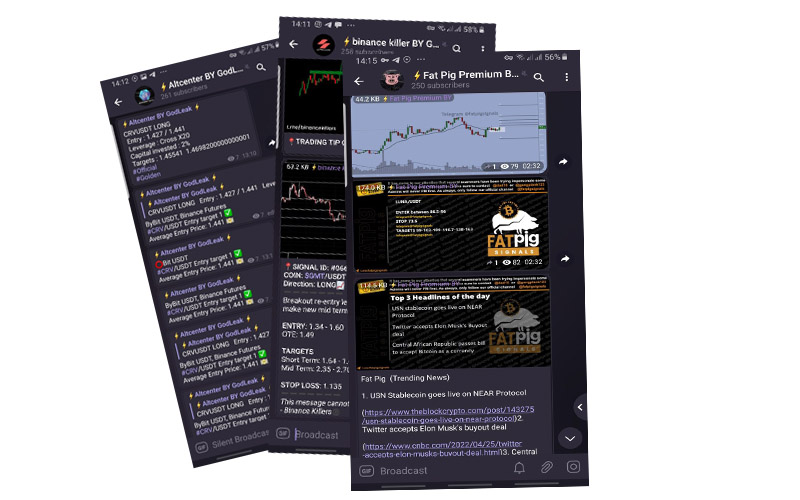
Godleak crypto leak service have multiple advantages in comparision with other services:
- Providing signal of +160 best crypto vip channels in the world
- Using high tech bot to forward signals
- Without even a second of delay
- Joining in +160 separated channels on telegram
- 1 month, 3 months , 6 months and yearly plans
- Also we have trial to test our services before you pay for anything
For joining Godleak and get more information about us only need to follow godleak bot on telegram and can have access to our free vip channels. click on link bellow and press start button to see all features
https://t.me/Godleakbot
Also you can check the list of available vip signal channels in the bot. by pressing Channels button.
Who is behind Flare Networks?

Hugo Philion is the CEO and co-founder of Flare Network. Prior to making Flare, he was the pioneer behind the secluded structure framework, People in the future. He has a Bachelor of Science in Investment and Financial Risk Management from Cass Business School, which demonstrates his expertise in investing.
He later graduated from UCL with a Master of Science degree in machine learning. Additionally, he has worked as a commodity derivatives portfolio manager for two over $1 billion funds.
Flare’s CTO and second co-founder is Sean Rowan. Since 2015, when he and his colleagues at UCLA and TCD developed secure communication protocols for automobiles using blockchain-based public key infrastructure, Sean has been involved in the blockchain community. Preceding that, he moved on from Trinity School Dublin with a joined BA in Science and a BE in Electronic and PC Designing.
After that, he went on to earn a Master of Science in Machine Learning from University College London, which is probably where he first met Hugo Philion. Moreover, Sean functioned as a Research and development Architect at RAIL in Dublin, Ireland, where he made backend organizing programming for robot clinical aides. In November 2019, TIME magazine’s cover showed the latest cycle of this robot from RAIL.
The main benefit of the Flare network is its capacity to make blockchains interoperable. When it comes to trading, this is advantageous for blockchain developers and users; The technology of Flare makes it possible to move data between multiple blockchains.
Second, the growth of PoS blockchains is supported by Flare networks without jeopardizing their security. This is made possible by Flare, which lets smart contract platforms scale without simply tying the network’s security to their native token. Additionally, the network provides an environment in which DApps can be built without worrying about Turing completion-related code incompatibilities. At last, by coordinating the Ethereum Virtual Machine, Flare keeps on acting to scale the savvy contract organization.
Despite the fact that there are many benefits, there are still a few drawbacks to the organization. Flare’s dependence on the Ripple network is its primary and most significant limitation. Ripple’s lawsuit caused the network to delay its launch and broadcast for two years. The organization will be in a difficult spot over the long haul in the event that it keeps on being significantly impacted by the elements of a blockchain.
How does Flare Network work?
The Flare Network acts as a Turing Complete Byzantine Agreement Network, using the Flare Consensus Protocol. Turing complete means that the Flare network can run Turing complete smart contracts, which can emulate any computer algorithm. This makes it easier for any developer or computer using any coding language to run smart contracts on the network.
Furthermore, Flare uses the Ethereum Virtual Machine to deploy this smart contract. EVM makes it easier for Ethereum developers to build applications on Flare.
To promote interoperability between different blockchains, the Flare network uses two protocols. The first is a State Connector and the second is an Oracle Time Series Outbreak (FTSO). State Connectors help collect external data from other blockchains. This data is processed on-chain to provide consensus on the state of any blockchain Flare connects to.
That way, the Flare Network can recreate whatever is happening on the blockchain it connects to. On the other hand, Flare Time Series Oracle (FTSO) enables decentralized time series data collection. They are collected over a consistent period of time across other blockchains. Data can include things like data metrics, asset prices, and more.
The Flare network can communicate and exchange data across multiple blockchains through both protocols. This promotes interoperability, especially in building and using applications across different networks.
Features of Flare Network
Ethereum Virtual Machine (EVM)
Programming that guides in sending and executing shrewd agreements on the Ethereum blockchain is known as the Ethereum Virtual Machine (EVM). In addition, it provides a setting that enables programmers to create decentralized applications (DApps) for the network. In Flare Network, EVM serves a similar purpose by hosting DApps and executing smart contracts. Ethereum developers may benefit from the network as a result.
Flare State Connector Protocol
A shrewd agreement called the Flare State Connector convention empowers the Flare Organization to accumulate data from any connected blockchain. It accomplishes this in a secure and decentralized manner by employing distinct attestation providers. These specialist organizations freely gather data from a pertinent blockchain. At the point when there is sufficient understanding, The Flare Organization delivers this data.
Oracle Protocol Outbreak Time Series (FTSO)
Songbird
Flare’s “Canary” network is Songbird. This is a test/test net with Flare-like features and capabilities. Independent Flare developers and Flare teams can conduct real tests on the test network here. They do this to see how the Flare network will be affected by their changes. This makes testing and deploying the proposed changes without putting the main network in danger easier and safer.
Pros and Cons
